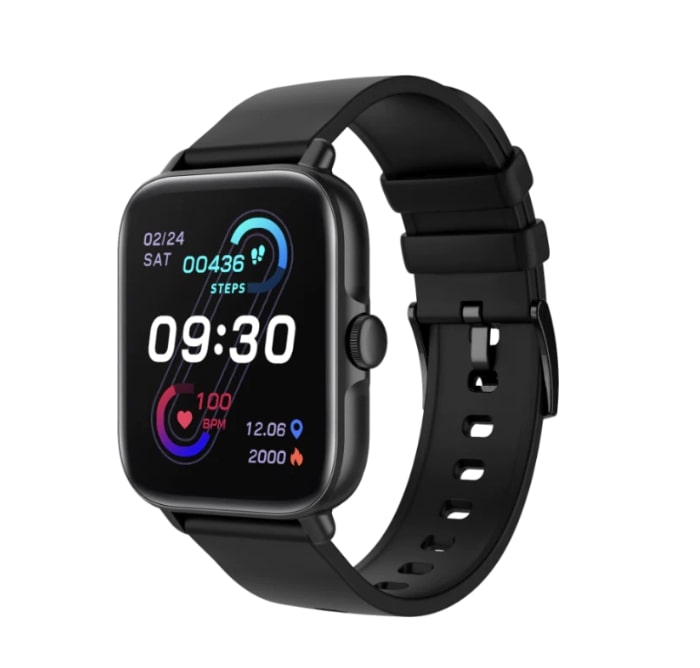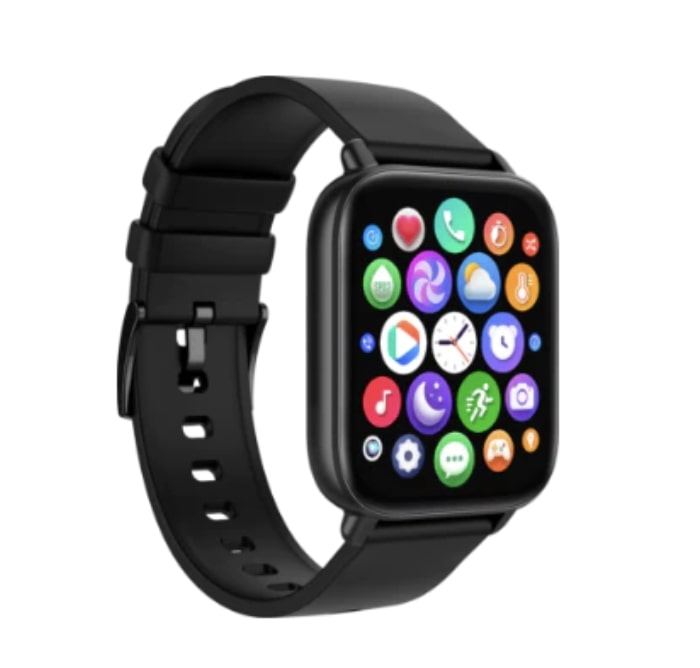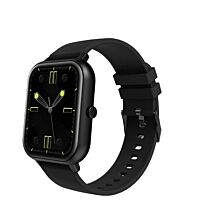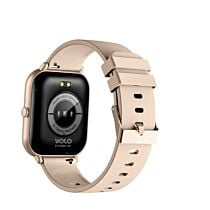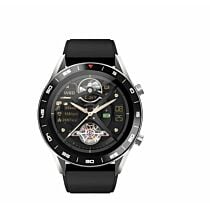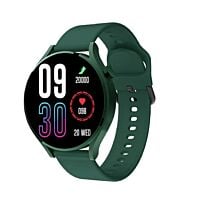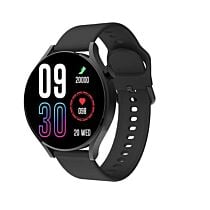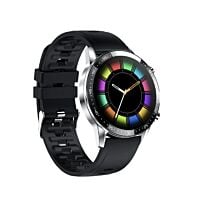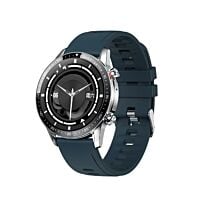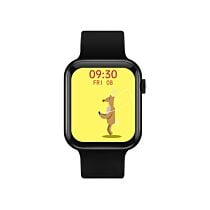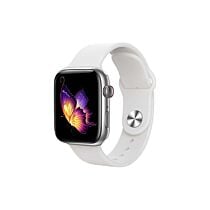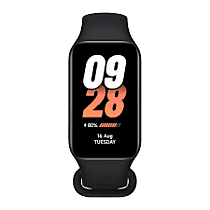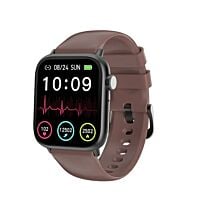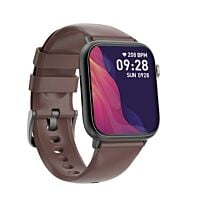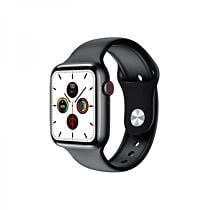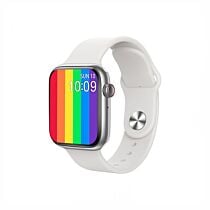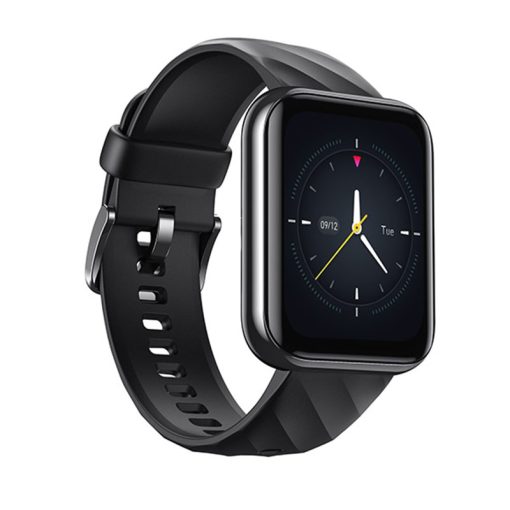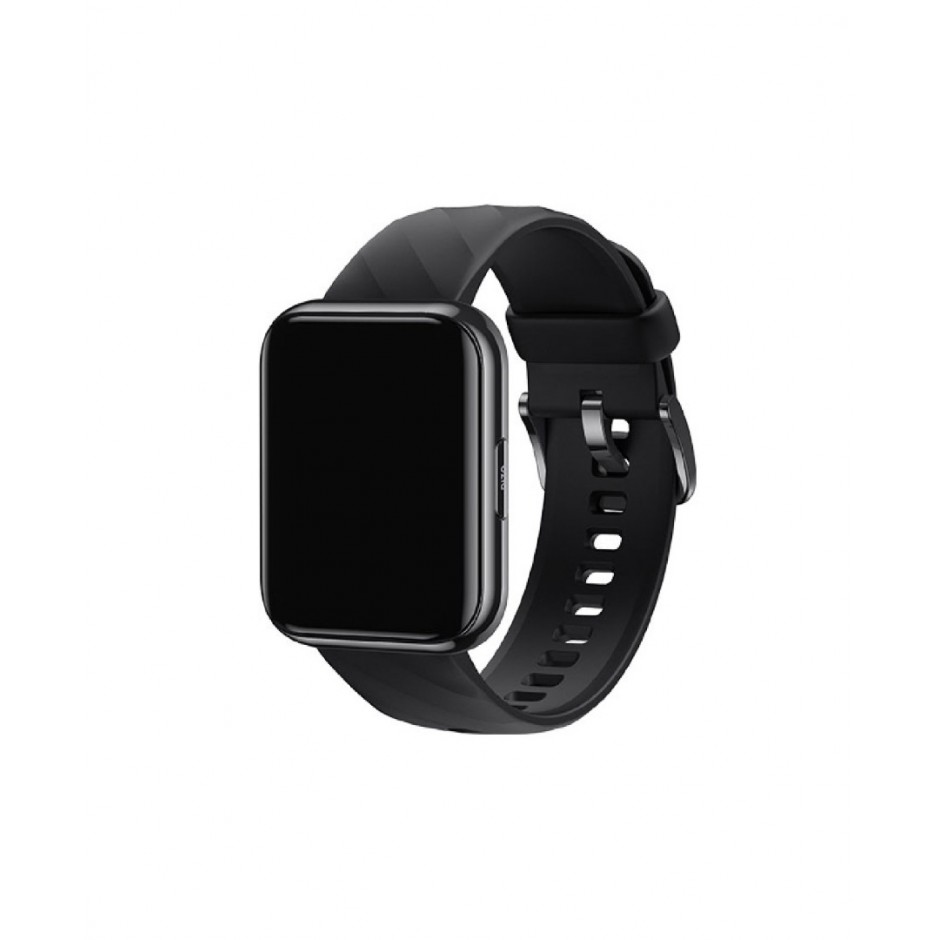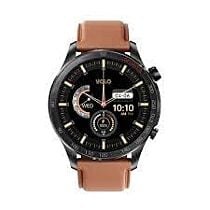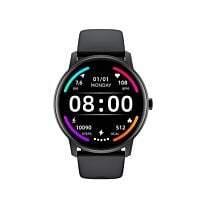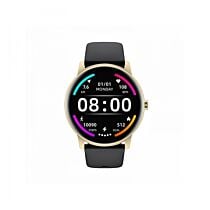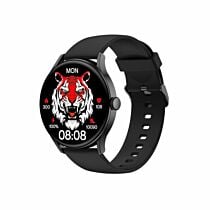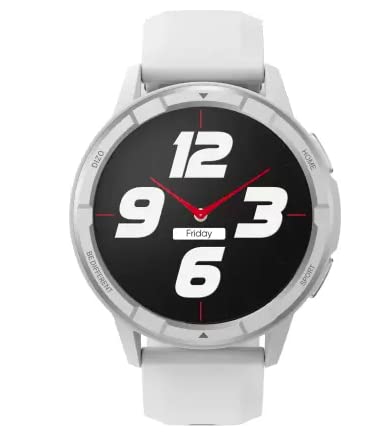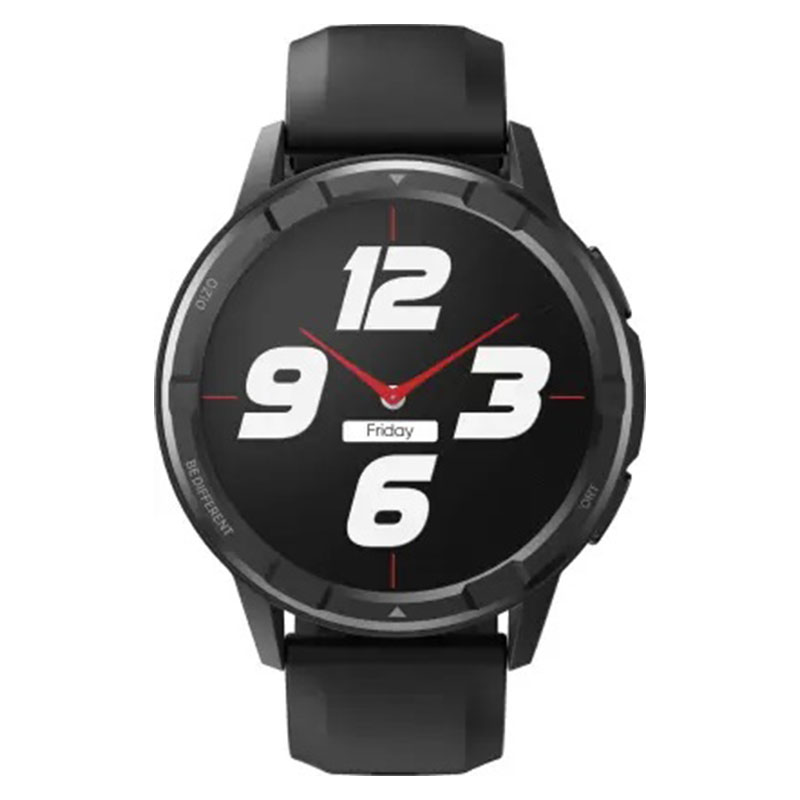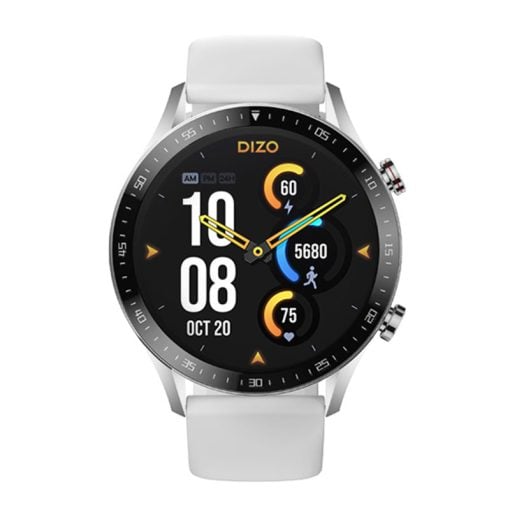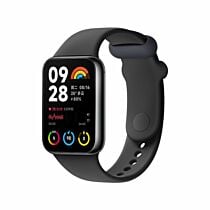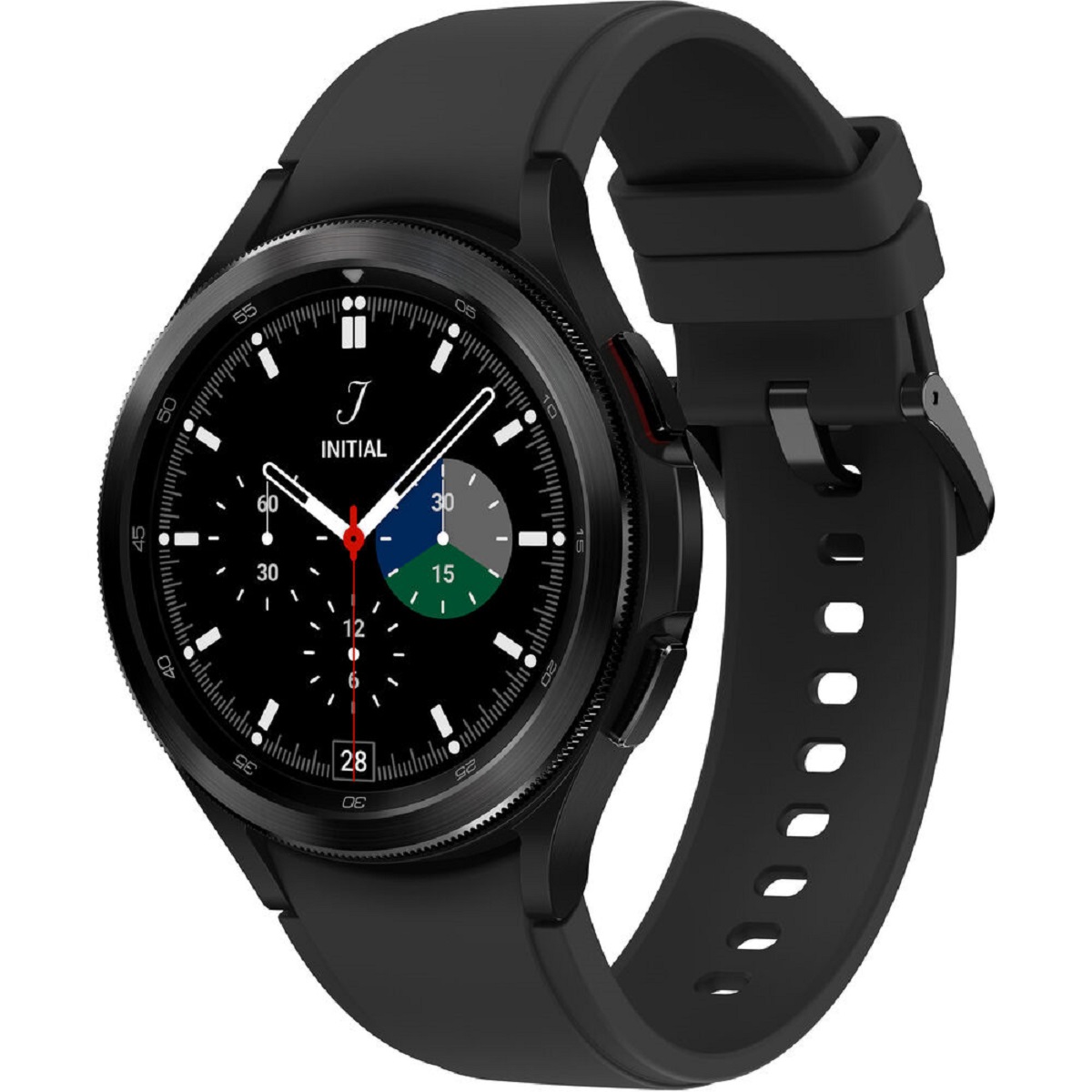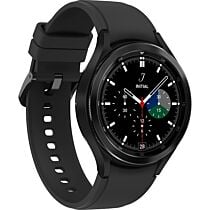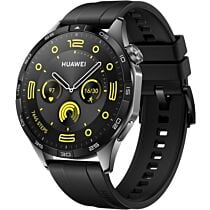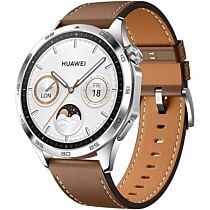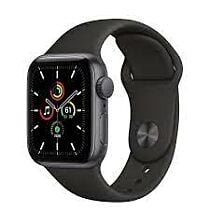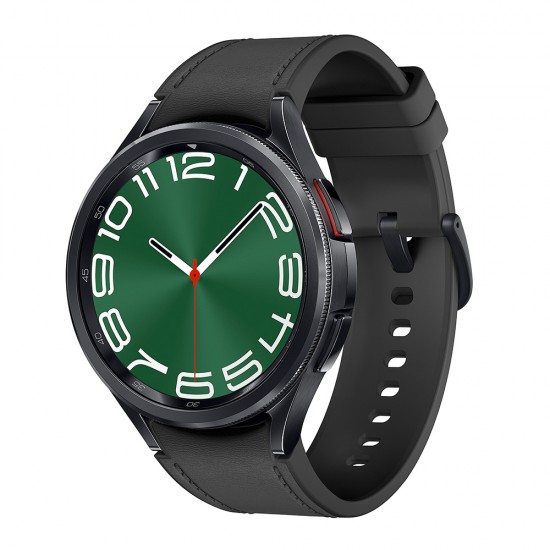Fitness Trackers
Fitness trackers: what are they, how they work, and their benefits
Since the launch of Fitbit in 2009, the world has experienced a new wave of “the hottest wearable product.” According to the U.S. Department of Health & Human Services, less than 5 percent of adults participate in 30 minutes of physical activity every day. Inactivity - without a doubt - can lead to a number of personal health issues, including weight gain, chronic and acute illnesses, and generally low productivity levels.
Fitness trackers have become a popular way to track and progress your fitness goals. Fitness trackers may seem like an unnecessary investment but may end up being just what you needed to take your fitness to the next level.
How they work
Fitness trackers come with a variety of functions. Like any other piece of tech, some of these functions may end up working better than others.
Below is a list of the capabilities of fitness trackers, and the tech behind achieving those functions:
Count your steps
Accelerometers are devices used to measure how fast something is changing its speed or direction. The tracker counts the number of steps you’ve taken and measures your movements multidimensionally thanks to the integration of accelerometers, which comes standard with most fitness trackers.
Measure other movements
Higher-end trackers come with a plethora of built-in sensors. Using a gyroscope, it can figure out whether you’re standing, sitting, or lying down. A barometer measures your altitude to calculate exactly how many flights of stairs climbed in a day. Small GPS units track your location, which helps record the route you took while running or riding a bicycle.
Check your vital signs
Trackers with heart rate monitors measure your pulse, while active and while static, combining this data with perspiration levels and the temperature of your skin to tell you how hard you have been working out.
Monitor your sleep
Even though this function does not always work that well, many fitness trackers are supposedly able to track how you are sleeping. They do this by detecting motion while lying down to determine whether you’re awake, in light sleep, or deep sleep.
Sync with other devices
Apps built solely to connect with your fitness tracker help monitor your sleep and provide suggestions that may help you develop some healthy habits. Some trackers can also pair with over devices such as a smart bathroom scale or an external heart rate monitor.
Send you messages
Fitness trackers also alert you about notifications on your phone, such as incoming calls, text messages, emails, and even social media posts. When you’ve been sitting around for too long, you can get a move alert which tells you that it’s about time for you to get up and move around. When you hit an activity goal you set for yourself, your fitness tracker can send you praise-filled messages to motivate you further. You can also share your results and achievements with your friends, and some even share vital information with your doctor.
Not all trackers come pre-loaded with all the functions you might expect. Fitness trackers generally fall into either of two categories. The first being your standard “all-day tracker” which tracks daily activities such as steps you have taken, calories burned throughout the day, and periods of activity, and how many hours of sleep you got. Second, you have your fancy “training trackers” which do all of the above and add more features for the hardcore athlete, such as tracking heart rate and breathing, miles you ran, your speed, and even your altitude.
What are the reasons behind the public’s love for their fitness trackers?
The main benefit of using fitness trackers, according to people who use them, is that wearing one makes them more motivated to be active. Exercise is more rewarding to some people when they see numbers and statistics to show them how well they’re doing. Maybe you’d want to burn 600 calories or walk 12,000 steps a day instead of hanging on to the thought that you’re on track to getting healthier. Fitness trackers are designed and built to encourage you to think this way.
How good are fitness trackers in doing what they are meant to do?
Although studies show mixed results, a 2015 study in the American Journal of Public Medicine shows that women who used fitness trackers increased their levels of exercise by about 38 minutes per week. One group of overweight women were given fitness trackers while the other group was given pedometers. An increase in weekly exercise time by 38 minutes may be less than the predetermined 10,000 step goal, but on the plus side, it was more than double previous exercise times.
Other benefits you get with using fitness trackers
Fitness trackers help you understand your overall health
Using fitness trackers can help you figure out if you’re getting in enough steps every day to be healthy. You can use them to track your sleep and measure your heart rate.
Measure the progress you’ve been making towards your goals
If the numbers on the measurements your tracker is making aren’t really what you like seeing, you can take the steps you need to take to improve them. Fitness trackers help you strategize for the future by highlighting what works best for you, as they show how your figures have changed over time.
Train more effectively
Fitness trackers are great in helping you decrease your weight by showing you when your heart rate is in peak range for exercise in order to help you maximize your results by working out. For serious athletes, fitness trackers can help you keep up with your regimen by noting your speed and the distance traveled at that speed.
Drawbacks of fitness trackers
Just like every product on the market, with all their benefits, they do come with some downside.
Cost
Good fitness trackers cost between $50 and $250. There are cheaper options on the market, but they aren’t all that great. The price you pay corresponds directly to the number of features you will get. Cheaper trackers come without built-in screens, so you would have to rely on the app on your smartphone to see the results.
Inaccurate results
The International Journal of Behavioral Nutrition and Physical Activity published a study that looked into the accuracy of fitness trackers. They found that trackers overestimate the distance you have traveled when walking slow and underestimate the distance when you walk fast, otherwise being accurate in measuring steps taken. Trackers were found to overestimate total sleep time and the calories burned were always a figure on the higher or lower side.
Loss of interest
Many people who buy trackers lose interest in them after a while. A study by Endeavor Partners found that one-third of the people who buy fitness trackers stop wearing them within six months of buying it.
The numbers obsession
Trackers have another downside, they can make you too hell-bent on achieving your goals through numbers, and not based on how you feel. You might end up being too reliant on a device to tell you how healthy you are, instead of learning to listen to your body. You might not want to work out one day if you forget to wear your tracker, because your activity won’t be measured and you wouldn’t know how many calories you burned or if you met your daily target.
There are many ways to track your health without a fitness tracker. That doesn’t mean you shouldn’t get one. If a fitness tracker motivates you, there isn’t a better reason to get one. The final calculation you have to make is whether the benefit you get from a fitness tracker will outweigh the cost of buying one.
